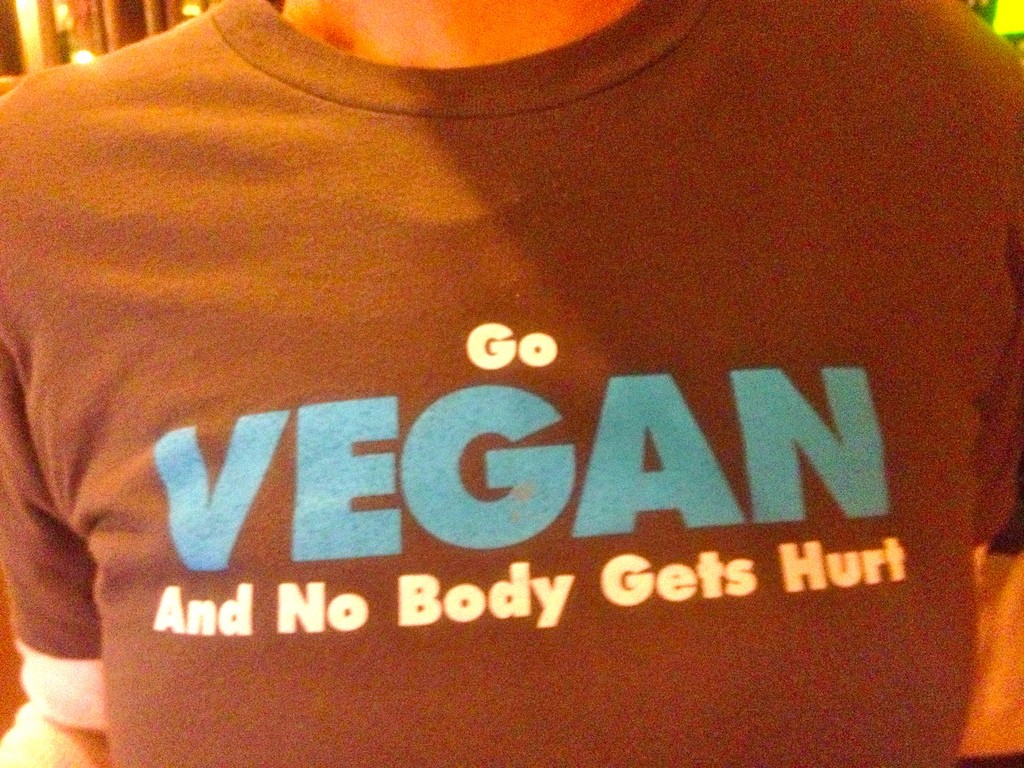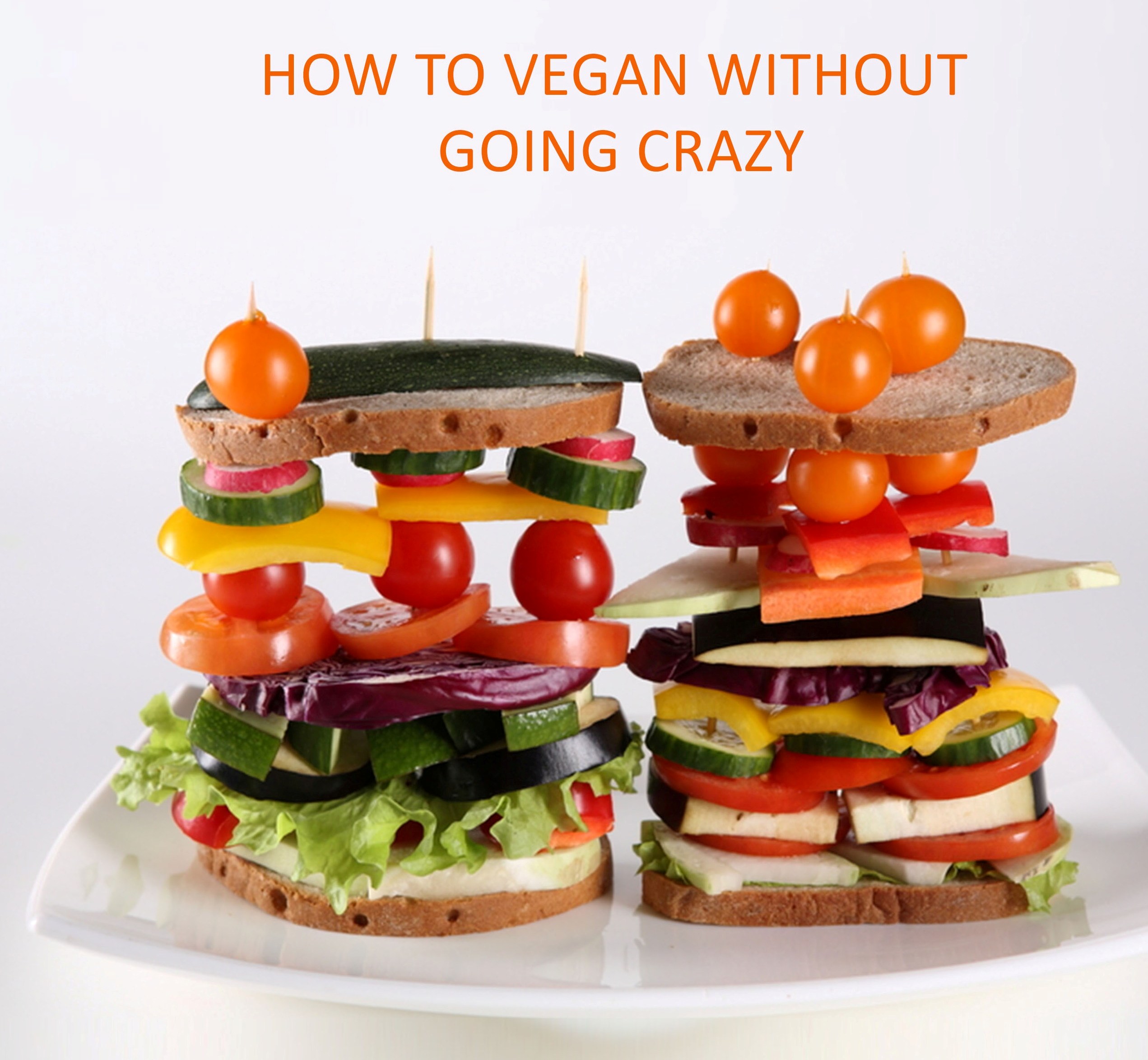Have you ever made the experience that after eating a meal you still felt hungry and not full? If this should have been the case, then you should know that the feeling that you have had enough to eat is actually not dependent on the amount of food that is in your stomach but much more subject to whether your brain has been delivered the message that you are satisfied. If this message has not been successfully sent to your brain, your craving will still linger although you might not even be hungry any more. The best way to make sure that your brain “got” it and thus feels satisfied is to avoid fatty meats, cheese and fried foods. As vegans use to eat fiber and nutrient-rich food such as fruits, vegetables and beans they make sure that the proper signals are reported to the brain resulting to a calming of their cravings because they feel satisfied and full. So, it’s not up to how much people eat but much more what they eat.
“Sometimes we eat a good meal but don’t get up from the table feeling satisfied. We’ve eaten enough, but our bodies keep telling us to eat again, eat more, overindulge… This message can be difficult to resist. Most likely, sooner or later, we find ourselves rooting through the refrigerator for that perfect food item to calm those cravings. This can lead to weight gain, digestive problems and metabolic imbalances.
So why does this happen? Satiety — the feeling we’ve had enough to eat — is as much a function of brain chemistry as it is the stomach. If the brain isn’t getting the appropriate signals, regardless of how much is eaten, we feel unsatisfied. It’s not even hunger really; it’s purely the desire to eat more.
This can be especially troubling when we’re trying to lose the holiday half dozen, or following any weight-loss program. We have a plan that maps out meals and activities: Everything should be in order.
Except we need that extra something.
That’s the downside, but there’s also an upside.
While certain foods may fail to satisfy us for very long, others can help us feel more satisfied for hours. So by choosing wisely, we can cancel those cravings and even eat less.
When Hormones Talk, The Body Listens
Like so many biological functions, satiety is governed in part by hormones. One of these hormones is leptin, which is part of a complex system of biochemical signaling that influences feelings of hunger and food satisfaction. People who have a leptin imbalance are almost never satisfied. Diminished hormone levels continually tell their bodies that they’re in the middle of a famine and that they need to eat more.
The other important satiety hormone is ghrelin. While leptin signals us to feel satisfied, grehlin has the opposite message, telling us that we’re hungry. Ideally, after a meal, grehlin levels drop, while leptin increases. However, it doesn’t always work that way: These hormone signals can become imbalanced, and their receptors can become desensitized. These effects can happen for a number of reasons: increased body fat, consumption of certain foods and other hormone. For example, fructose appears to induce leptin resistance, which causes us to feel hungry all the time.
These relationships are complex and appear to influenced by gender, weight and other factors that researchers are just beginning to sort out.
However, studies have shown that lifestyle, supplements and specific foods can help balance hunger signals and feelings of satisfaction. Lack of sleep, for example, is associated with more ghrelin and less leptin, causing us to feel hungrier. Yet another reason to maintain healthy sleep habits.
Eating For Energy
Though it may seem counterintuitive, one of the best ways to increase satiety is to limit calorie-dense foods like fatty meats, cheeses and fried foods, etc. While these items deliver a lot of calories, they don’t leave us feeling satisfied for long. Cravings return shortly.
On the other hand, by eating a higher volume of low-calorie foods, we fill up on fiber-rich and water-filled foods that help us stay full and energized for longer. This way, we gain an edge on satiety.”
To read the rest of the article, check it out on the original source over at Better Health Publishing.







